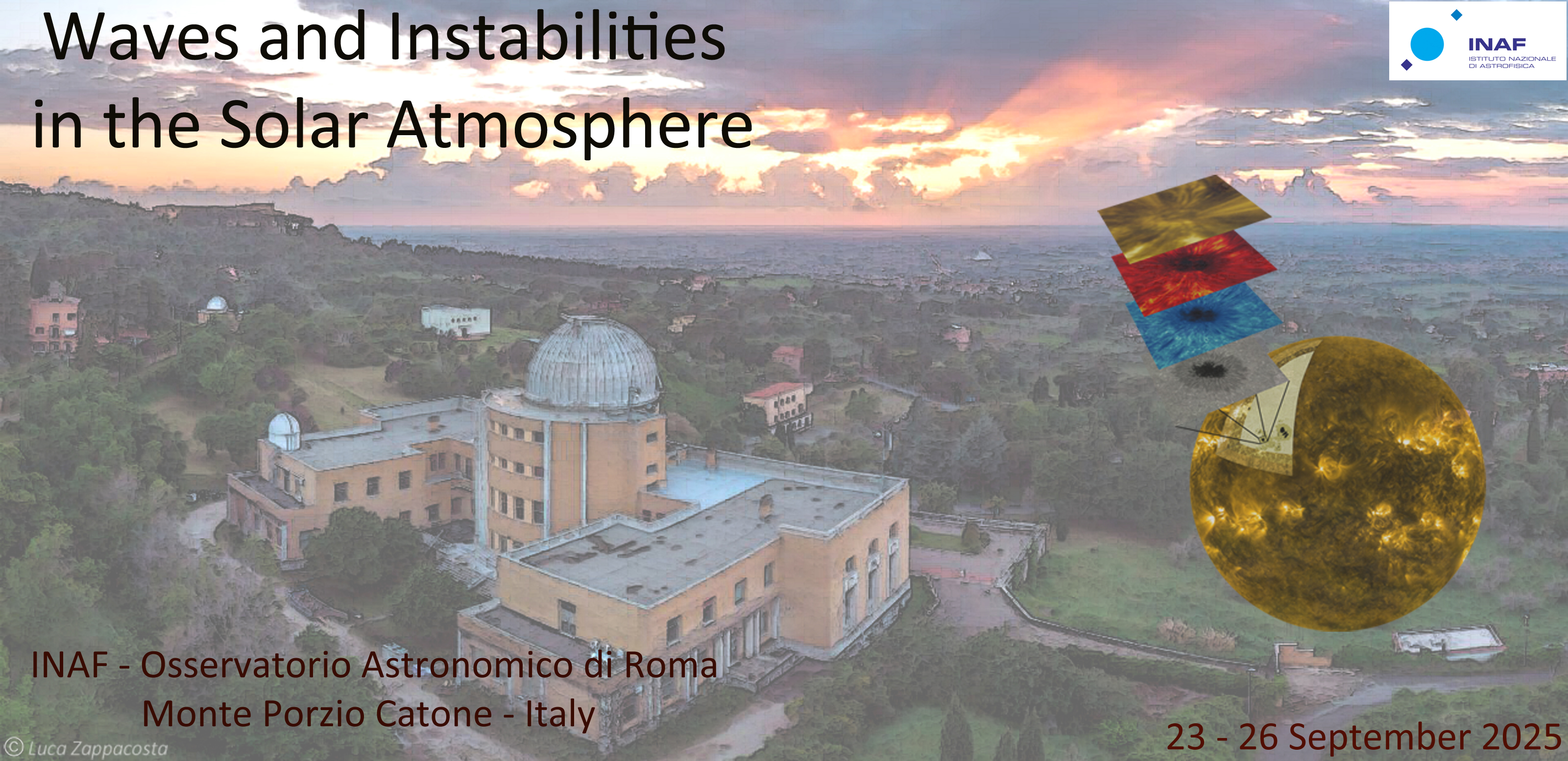Speaker
Description
Mode conversion of magnetohydrodynamic (MHD) waves at coronal magnetic null points is of intense interest due to its potential roles in coronal heating and oscillatory reconnection. Recently, the first direct imaging of MHD wave conversion was reported in a complex pseudostreamer magnetic topology, accompanied by transverse oscillations. In this study, we perform 2.5D MHD simulations using the adaptive mesh refinement code (FLASH) to investigate the propagation and transformation of such wave behavior. A small-amplitude velocity driver is applied from the side to excite fast magnetoacoustic waves, which undergo strong refraction due to steep Alfvén speed gradients and become wrapped around the magnetic null. When the velocity perturbation is aligned with the background magnetic field, the incoming fast waves split at the β~1 layer, producing four branches of slow magnetoacoustic waves that propagate along the magnetic separatrices. We confirm the total energy carried by the slow waves reaches approximately 72% of the incident fast waves. Additionally, new outward-propagating fast wave components are observed to emerge from the null point. We further explore the efficiency of energy conversion and the effect of the driver’s location on the resulting energy redistribution. These findings may offer valuable insights into wave dynamics and energy transport in fan-spine coronal structures.
| Sessions | Wave generation, energy transport, dissipation and heating |
|---|

